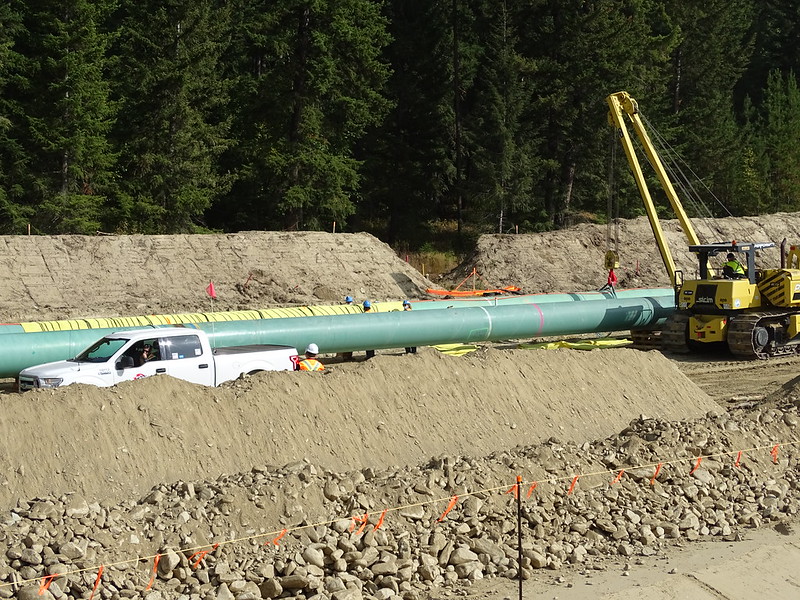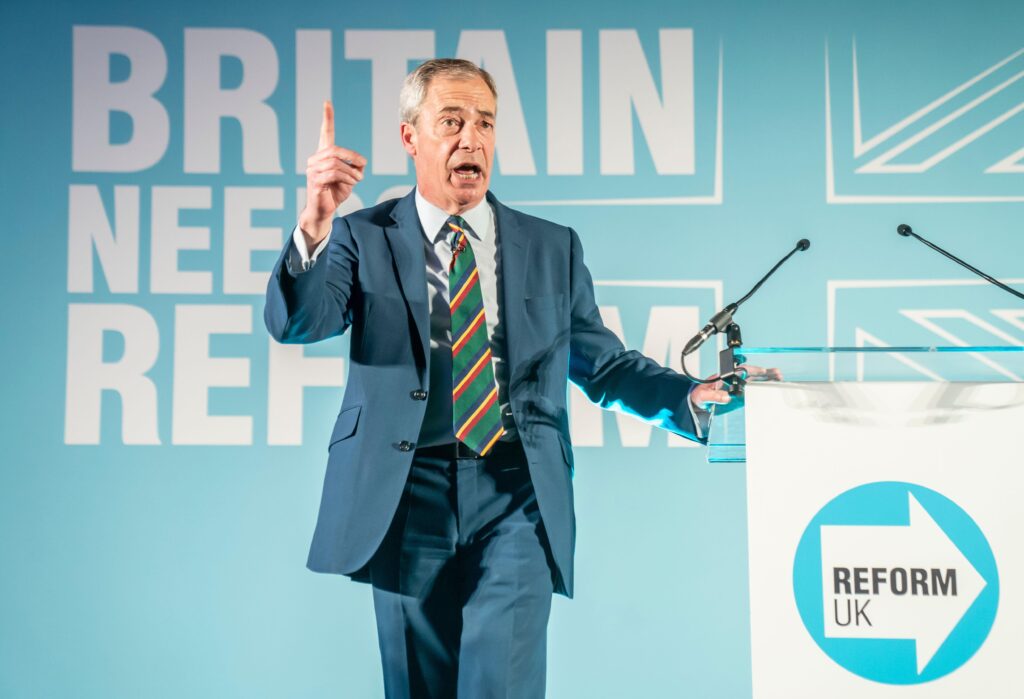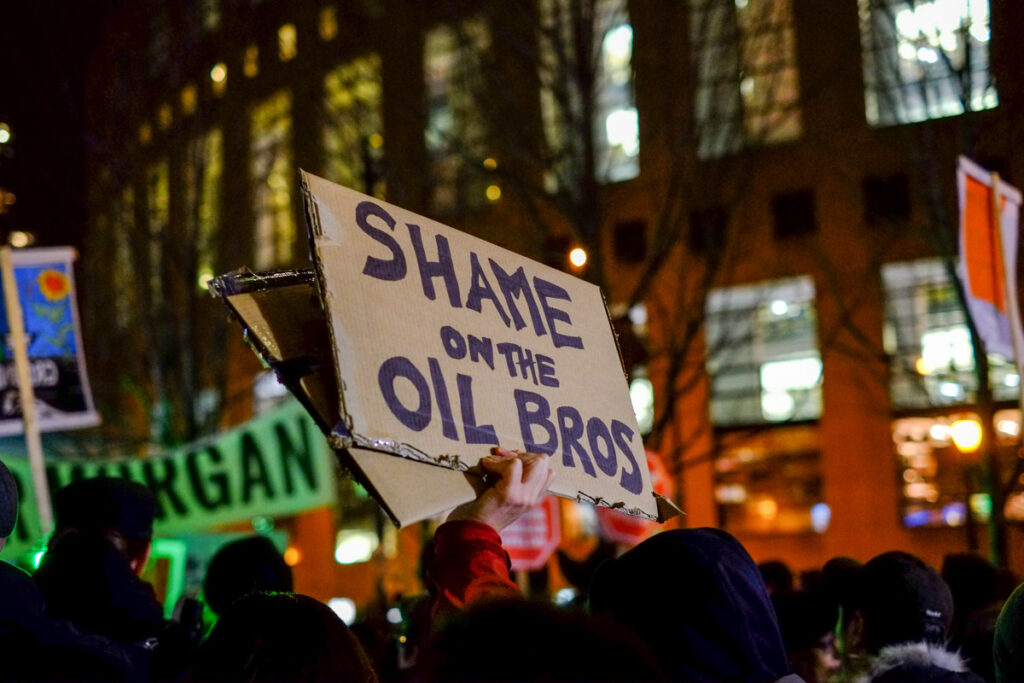Like zombies rising from the grave, many long-rejected oil pipeline projects like Energy East are suddenly being promoted as national necessities in response to U.S. President Donald Trump’s musings about annexing Canada.
To be clear, most Canadians agree that Canada needs to take Trump’s threats seriously and accelerate long-overdue efforts to make our country less economically dependent on our newly menacing neighbour. Previous political impediments to building interprovincial infrastructure are melting away as Canadians realize protecting our national sovereignty is more important than the priorities of any given region or industry.
But before the country considers writing another blank cheque for an oil industry mega-project that may take a decade to complete, let’s make sure to “skate to where the puck is going, not where it has been.”
Subscribe to our newsletter
Stay up to date with DeSmog news and alerts
TransCanada Pipelines (now TC Energy) proposed the Energy East project back in 2013 when the North American price of oil was over $100 per barrel, and Alberta oil sands producers had constrained pipeline capacity out of the province. TC Energy had a major advantage since it could convert 3,000 km of existing natural gas pipelines to carry diluted bitumen, covering 70 percent of the pipeline route across six provinces to existing refineries and a planned export terminal in St. John, New Brunswick.
Contrary to persistent oil industry narratives that the federal government “killed” the project, TC Energy canceled Energy East in 2017 before the regulatory process even ended. Their vaguely stated reasons were “changed circumstances.” However, the company faced many obstacles, including fierce opposition from Quebec and many Indigenous groups along the 4,600 km pipeline route.
A 2016 investigation also revealed a representative of the pipeline project had inappropriate meetings with the members of the National Energy Board, further delaying the approval process. In addition, the federal government changed the regulatory rules midway through the multi-year evaluation. Despite these many challenges, the main reason TC Energy abandoned Energy East was economic.
A $15 Billion Proposal
When TC Energy withdrew its application four years into the development process, oil prices had dropped 86 percent to less than $40 per barrel. Even though the company could repurpose two-thirds of the pipeline from existing natural gas lines, the project was expected to cost more than $15 billion. Meanwhile, other cheaper pipeline proposals from Alberta made Energy East a third choice for profitability.
Even if the Energy East was somehow built tomorrow, the pipeline would still have to compete with existing pipelines like Trans Mountain and Enbridge Mainline, which recently reduced pipeline tolls to maintain existing market share. Put another way, just because Canada might spend billions on a new pipeline doesn’t mean companies will choose to use it. After all, oil companies will pick the most profitable shipping route since they are in the business of making money for their shareholders – not defending Canadian sovereignty.
Despite Trump’s threatened tariffs, no private sector company, including TC Energy or its pipeline subsidiary, is offering to pony up its own money to revive Energy East, despite predictable cheerleading from the oil patch glee club. A major private-sector oil pipeline has not been proposed since 2014. The Canadian Energy Pipeline Association closed permanently in 2021 after losing a “critical mass” of its members. The reasons companies are rightly reluctant to invest their own capital in long-timeline oil megaprojects are both sensible and structural.
The Financial Times recently published the feature, “Has China Already Reached Peak Oil?,” detailing the tectonic shifts already underway in the global crude market. Last month, China reported that crude imports had dropped 2 percent compared with the previous year, a decline driven by a sputtering economy and the nation’s massive deployment of cheap electric vehicles, which now exceed price parity with conventional transportation. According to the Times, “Some may disagree on the exact moment when China’s appetite for oil peaks, but the IEA … says long-term demand is only going in one direction — and producers and oil-exporting countries need to be prepared.”
A publicly funded Energy East pipeline would drastically drain public coffers at a critical moment and come online about five years after oil demand already reached a global peak. Does this sound like a promising time to throw additional billions in public money towards a pipeline four times as long as the eye-wateringly expensive Trans Mountain TMX project? The Globe and Mail recently made a credible argument that “the economic case for new or revitalized pipelines is simply non-existent.”
Canada must carefully consider strategic steps to protect our economic sovereignty. With limited time and public resources, we cannot afford to simply react to the latest chaotic rhetoric from Trump, or baseless claims from Premier Danielle Smith that Alberta will somehow “double” provincial oil production, even as global demand peaks by 2030. Our country needs to see with clear eyes where the energy sector is going in the future, not chase the past.
A wiser investment would be a massive build-out of our electrical grid across the country. To reach the projected energy demand by 2050, our country urgently needs up to 29 gigawatts of new high-voltage transmission capacity, including 6,000 km of new or upgraded power corridors. This would more than triple our current interprovincial capacity, which for too long has been hobbled by a lack of coordinated power trading.
Lastly, we need to consider the critical issue of national unity as our beloved nation is under existential threat. In an age of weaponized disinformation, foreign actors will seek to widen existing divisions to weaken our country. Some pundits have suggested that gifting the oil patch another pipeline would be a nation-building exercise to finally appease bitter anti-Canadian sentiments that have dangerously taken root in Alberta.
Sadly, the opposite outcome seems more likely. The Canadian government just threw $35 billion at the contentious Trans Mountain Expansion (TMX) project, resulting in a ten-fold increase in risky tanker transits through our biggest port and third-largest city. Even if this project is ever sold, taxpayers will likely be out $18 billion in unrecovered capital. Did the rest of the country get any love from the oil patch for this generous gift, or did extremist elements (and mainstream politicians) in Alberta find indulgent ways to deride central Canada even more?
The simple truth is that TMX utterly failed as a nation-building enterprise. When the most expensive public infrastructure project in Canadian history quietly came online last May, there wasn’t even so much as a ribbon-cutting photo-op.
Beyond puck-chasing hockey aphorisms, there is another saying that comes to mind when considering sinking more public money into oil pipelines: “The definition of insanity is doing the same thing over and over and expecting a different result.”
Subscribe to our newsletter
Stay up to date with DeSmog news and alerts







